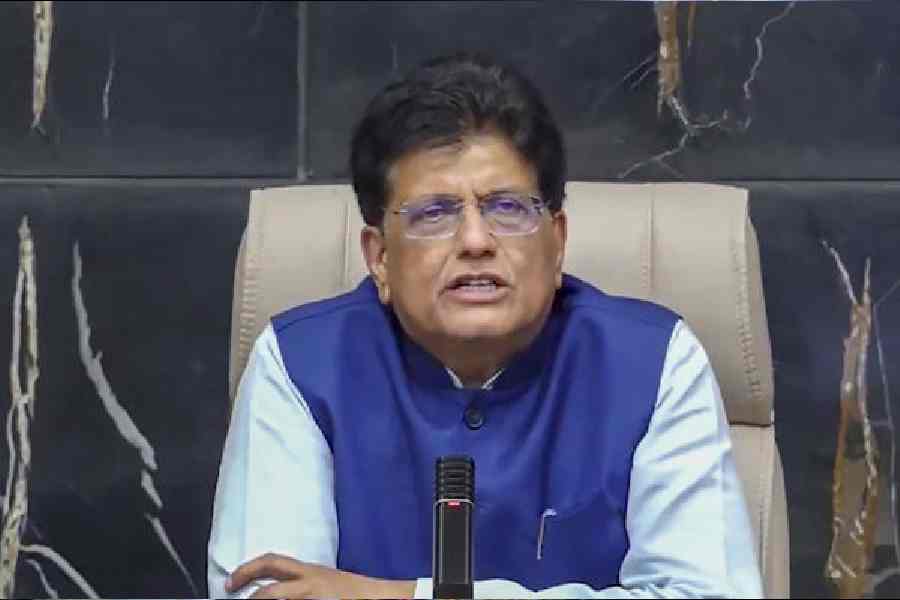 |
| Peter Higgs at CERN on Wednesday. (AP) |
July 5: One moment, Peter Higgs was driving along the East Coast of America with his wife, Jody, and their six-month-old baby son Christopher strapped in the back seat; the next, his heart was racing and his breathing was completely out of control. Frightened he would kill his wife and child in a crash, Higgs had to pull over and stop the car while his wife talked him down, exhaling deep lungfuls over the steering wheel.
What had caused such a panic attack? For most 37-year-old men, the key to happiness was right there beside him: it was the sixties, he was on a road trip across America in spring, he had a baby and a loving wife. But Higgs wasn’t most men — he would turn out to be the scientist who gave his name to the Higgs boson, the so-called “God particle” believed to have been discovered yesterday in Switzerland. This vindicates the theories of a man who sought to understand how the universe worked.
And his fear sitting in that car in March 1966 was that his life’s work was a load of rubbish.
But fast-forward half a century, to Higgs, 83, the old man waiting in the front row of the press conference at the CERN collider yesterday, frail, with two hearing aids. This was a man whose prize was hard won, a man who had made a choice. As he puts it, “I put my science career before my family”, and in his later years the memory of that cost still moved him to tears.
Essentially, Higgs was the man who chose his particle over his wife. The simple idea underlying his work is that particles acquire mass as they move through a field, slowing down. As a metaphor it’s true of all of our lives, in a way, weighed down by relationships and history. But not quite Higgs — he became lighter and more solitary the more he aged.
Before we go back to that crucial road trip, it’s important to note that the history of scientific achievement isn’t conducted under lab conditions. The story of Higgs’s life is full of coincidence and luck — most particularly that it was his name attached to the particle in the first place, rather than any of his five fellow scientists who all came to the same conclusion at roughly the same time.
When Higgs, a bright grammar-school boy from Bristol, went to King’s College London, he drew attention not only for his extreme agility in physics — he took the university’s first exam in “theoretical option” — but for his willingness to question the status quo.
As president of the scientific Maxwell Society, he made a speech in May 1950 on the theme of “how can scientists be sure that the observations they make are real?”, which proved prescient for two reasons.
First, of course, that few 21-year-olds will later get a gigantic £2.6-billion collider built to investigate their observations. Second, that as Ian Sample discovered in his book Massive, about the hunt for the missing particle, the notes of that meeting record that Higgs “aroused considerable controversy”.
This was to be the theme of the first half of his adult life: pursuing the unfashionable. Even in his twenties he was being branded a fuddy-duddy for going into a branch of physics his contemporaries had abandoned as going nowhere, but he took no notice.
He was used to being a loner. As a child with severe asthma, he had spent much of his boyhood taught by his mother at home; his father essentially lived apart from them in his job as a BBC radio engineer in Bedford, and the young Peter didn’t much mix with girls. One of his lifelong friends, Michael Fisher, whom he met at King’s College and is now a professor at the University of Maryland, has recalled always having to sort him out with a girlfriend when they went on holiday, driving around Europe.
“It never worked out romantically.… He was never as romantically successful as the rest of us,” Fisher said.
When his friend Fisher got the job he wanted at King’s, Higgs left for the University of Edinburgh, a place he had discovered while on a Highlands hiking holiday. There he settled for the quiet life, surprising everyone when he managed to woo Jody Williamson, an idealistic American linguistics lecturer. They had met at a meeting of the university staff club. And this was perhaps what, looking back, was his first stroke of luck. Because it was Jody who would open up Higgs’s eyes to America.
Scientists had for years been working on understanding the building blocks of the universe — Higgs disagreed with them all, but he felt as if he were stuck. One day, July 16, 1964, he read some new research papers.
“I looked at one, realised what it meant, and then jumped up and shouted out loud, ‘Oh s***!',” he said in an interview in 2008.
This moment doesn’t have the elegance of “Eureka!” but it shows the spark of creativity involved in his mental breakthrough. In a fever of excitement Higgs spent the weekend walking the hills outside Edinburgh like a latter-day Wordsworth.
“When I came back to work on Monday, I sat down and wrote a new paper as fast as I could,” he recalled in an interview.
The first paper was printed but ignored; the second was initially rejected. Pigheadedly he went on, telling himself and others that they clearly hadn’t understood it. In different parts of Europe, five other physicists were reaching the same conclusion. They worked in teams; Higgs was the only one working and publishing alone.
But their ideas were not taken up. It was pure chance that catapulted Higgs to be the frontman of this disparate band. In August 1965, Higgs took a year’s sabbatical. Jody was heavily pregnant and he got a job at the University of North Carolina at Chapel Hill.
Jody went back to her family home in Urbana, Illinois, so she could have the baby with her parents’ help. As Sample recalls in his book, Higgs was in the university library when he was called to the phone: his wife had had their firstborn, hundreds of miles away. The paper Higgs was working on that day was, coincidentally, about a critical moment in the birth of the universe.
That paper was another scientific milestone, but Higgs had to have a certain mental strength to complete it. His little gang of six maverick scientists who believed in his elusive particle were being stamped on from a great height. Two of them, Gerald Guralnik and Carl Hagen, had accepted an invitation that summer to a scientific conference organised by Werner Heisenberg in a German lake resort. Heisenberg, famously the author of the “uncertainty principle”, was a scientific god, and this was a chance to impress their heroes.
Guralnik and Hagen came back crushed. The mighty had viewed them with total disdain, and Heisenberg was the most vicious. He took it upon himself to tell the pair this stupid idea cooked up by them and Higgs was total “junk”.
This is why Higgs was so nervous that day in the car. By now his wife and baby had joined him in North Carolina, and by chance Higgs had come to the notice of Freeman Dyson, a fellow Briton now working at Princeton’s Institute for Advanced Study. Dyson asked Higgs if he would like to come and present his theory to the Princeton physicists.
It sounds a friendly enough invitation, but effectively Dyson was asking Higgs to stand or fall on the basis of his crackpot ideas. The place was famous as the residency of Albert Einstein, who had died only a decade before, and it was still packed with the world’s most intimidating scientists. The institute prided itself on giving lecturers a hard time, devouring anyone who faltered.
Packed up in the car with Jody and Christopher, Higgs knew all too well that he could suffer the fate of Guralnik and Hagen. Cue the panic attack.
Indeed, as Higgs finally made it to the lecture theatre, by now consumed with fear, he mingled with the other guests. One of them, as Sample’s book recalls, said that — unknown to Higgs — his theory had been disproved in a forthcoming paper. “There’s no doubt about it,” said this scientist to Higgs before he ascended the podium, “you’ve got something wrong.” Nothing could have been better designed to put off the quiet British man.
But Higgs survived. More than that, he earned a second invitation — to Harvard. There, the physicists in the audience were told to “tear him to shreds”. They couldn’t. And by the time Higgs headed back to Edinburgh in 1966, his international reputation was established. That is, many speculate, why Higgs’s name is on this particle, and not the others, although he often used to argue that it should be called “the ABEGHH’tH mechanism”, after the eight researchers he believed contributed to the discovery.
Yet famous he was, and the fame put a new stress on family life.
“One time I backed out of a family holiday.… I got on a plane and went to a conference,” Higgs said in an interview in 2008. “Jody just lost touch with what I was doing.”
A few years after the birth of their second son, Jody had enough. But far from liberating him to work harder, the divorce cost him the stability that had underpinned his discoveries. He lost momentum. “After the break-up of my marriage, I think I just lost touch with the things I should have been learning about just to follow up on my own work. I couldn't keep up,” Higgs has said.
Later, Higgs decided to give up chasing glory and devoted himself more to teaching. Jody stayed in Edinburgh and the pair remained friends and loyal grandparents. But his flat in Edinburgh’s New Town is, as some joked, a “bubble in the space time continuum”, a place where the furnishings stopped at roughly the moment his wife left him in the early 1970s.
He doesn’t have a television, doesn’t use a computer, has someone else check his email, rarely answers the phone. He likes his books, his vinyl records and his physics journals, and is, in his unassuming way, content with that. When the artist Ken Currie came to paint him at work, he imagined a vast “cathedral-like” laboratory, a bit like the collider at CERN, in fact. Higgs told him no — he needed nothing more than himself and a sharpened pencil.
It is appropriate in the end that the particle is named after Higgs. It is elusive, it is humble and yet it has the power to change the world.










